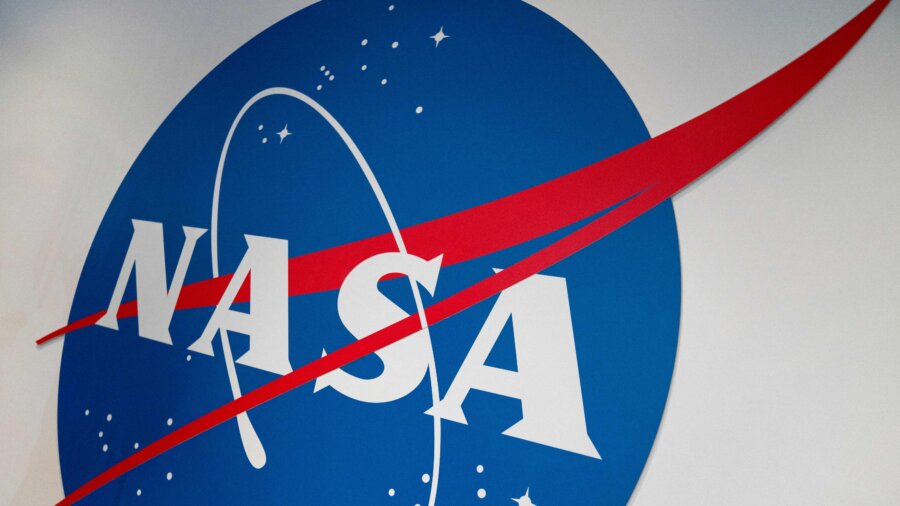NASA confirmed that the object that blasted through the roof of a Florida home last month belonged to a pallet of aging batteries jettisoned from the International Space Station (ISS).
A 4-inch-long cylindrical tube crashed into Alejandro Otero’s home in Naples, Florida, at 2:34 p.m. local time on March 8.
“It was a tremendous sound,” Mr. Otero told WINK News. “It almost hit my son. He was two rooms over and heard it all.”
At first, the family believed it must have been a meteorite, as the object shot through the roof and both floors of the house.
“I was shaking. I was completely in disbelief,” Mr. Otero said. “What are the chances of something landing on my house with such force to cause so much damage?”
When he saw that the object was a metal rod, he understood it could have come from space and reached out to NASA but was unable to get a reply.
Mr. Otero replied to a post on social media platform X of astronomer Jonathan McDowell, who reported that the discarded ISS pallet had returned to earth “a little to the northeast” of its anticipated trajectory, not far from Fort Myers.
“Looks like one of those pieces missed Ft Myers and landed in my house in Naples,” Mr. Otero replied, including photos of the object and the damage to his home.
“NASA are not the right people to contact,” responded Mr. McDowell. “I have passed on this to the experts at the Aerospace Corporation who study this sort of thing.”
NASA eventually collected the 1.6-pound item from Mr. Otero for analysis at the Kennedy Space Center in Florida.
“Based on the examination, the agency determined the debris to be a stanchion from the NASA flight support equipment used to mount the batteries on the cargo pallet,” agency officials said in a Monday update.
The pallet, which contained 5,800 pounds of aging nickel hydride batteries “was expected to fully burn up during entry through Earth’s atmosphere,” NASA said. The stanchion that survived is made of Inconel, a superalloy that is capable of withstanding high pressure and high heat.
“The International Space Station will perform a detailed investigation of the jettison and re-entry analysis to determine the cause of the debris survival and to update modeling and analysis, as needed,” NASA added.
The agency said that the engineering models used to estimate how objects heat up and break apart during atmospheric reentry are updated whenever debris is found to have survived reentry to the ground.
“NASA remains committed to responsibly operating in low Earth orbit, and mitigating as much risk as possible to protect people on Earth when space hardware must be released.”
The nickel hydride batteries were released after being replaced with new lithium-ion batteries as part of a power upgrade on the space station, which is currently manned by an international crew of 11 astronauts.
Mr. Otero also posted a clip of his home surveillance where the stanchion can be heard impacting.
“I’m super grateful that nobody got hurt,” he said.


